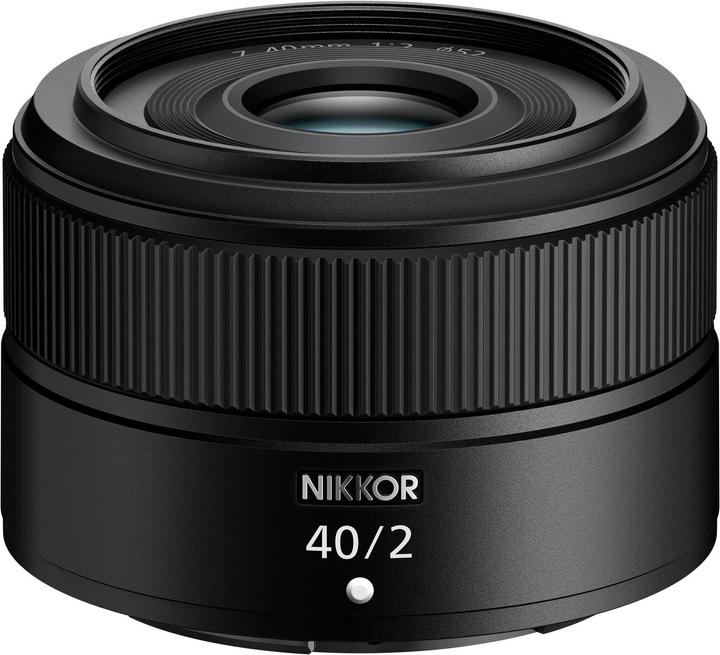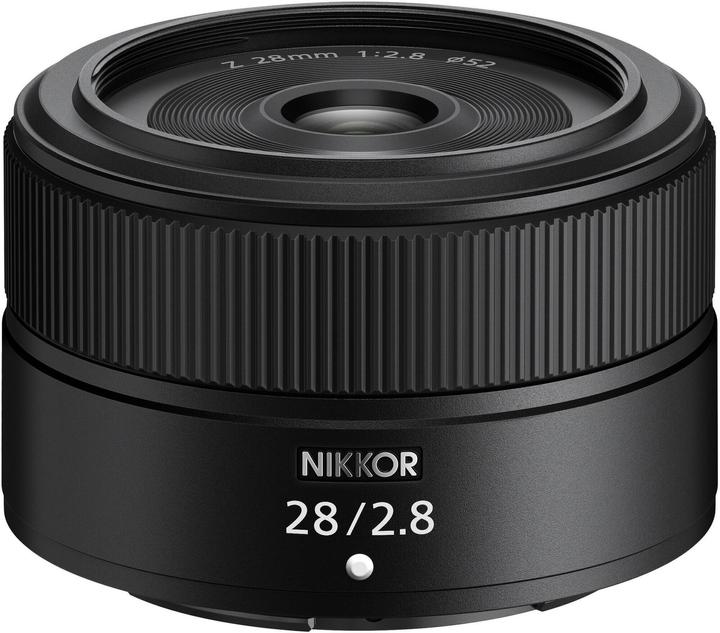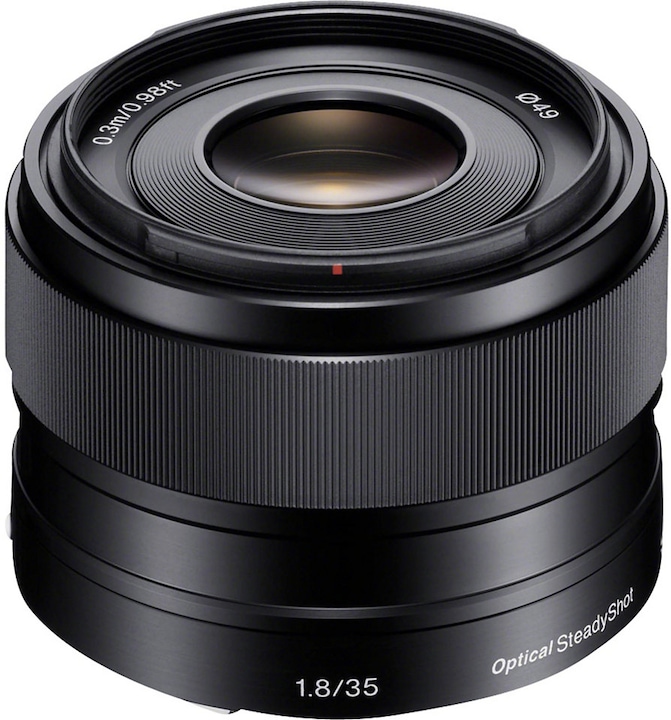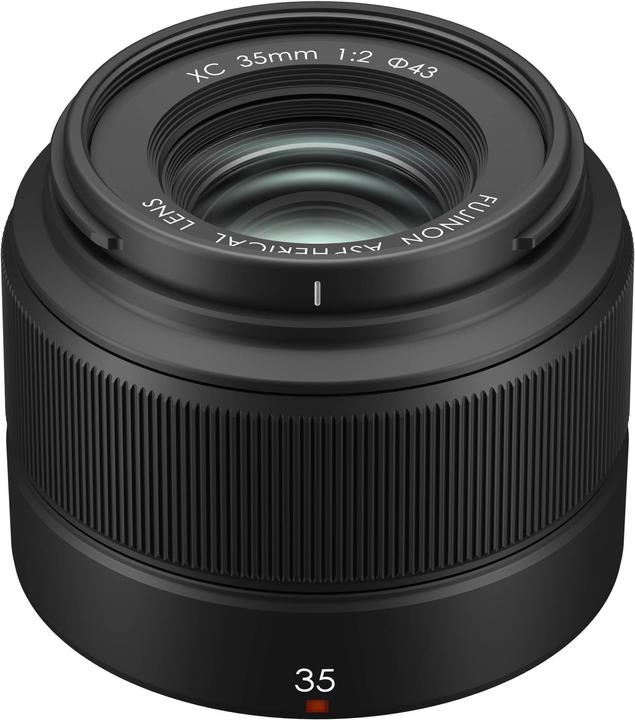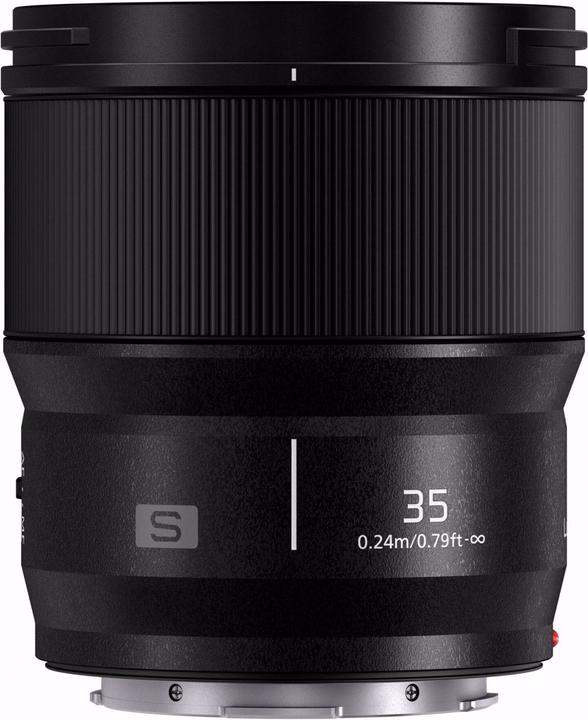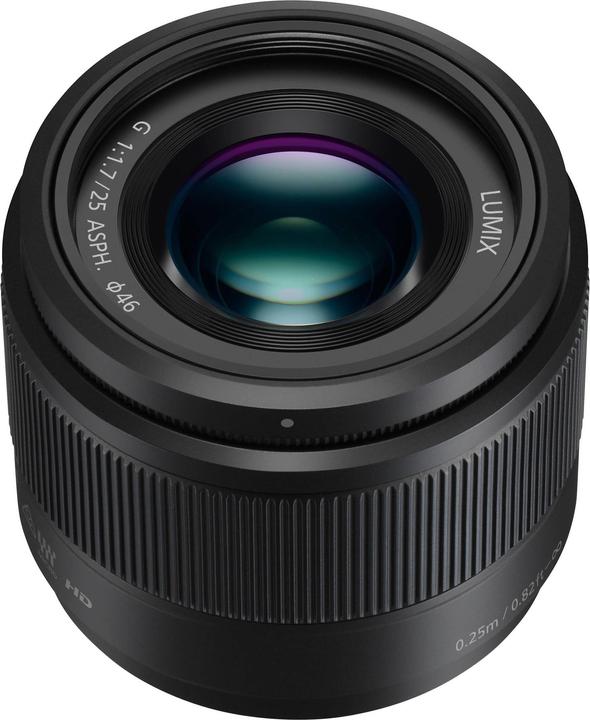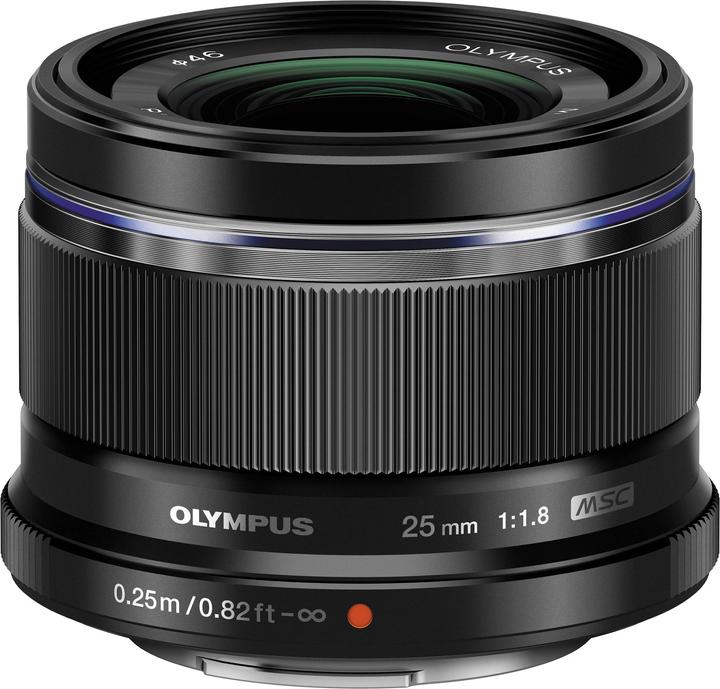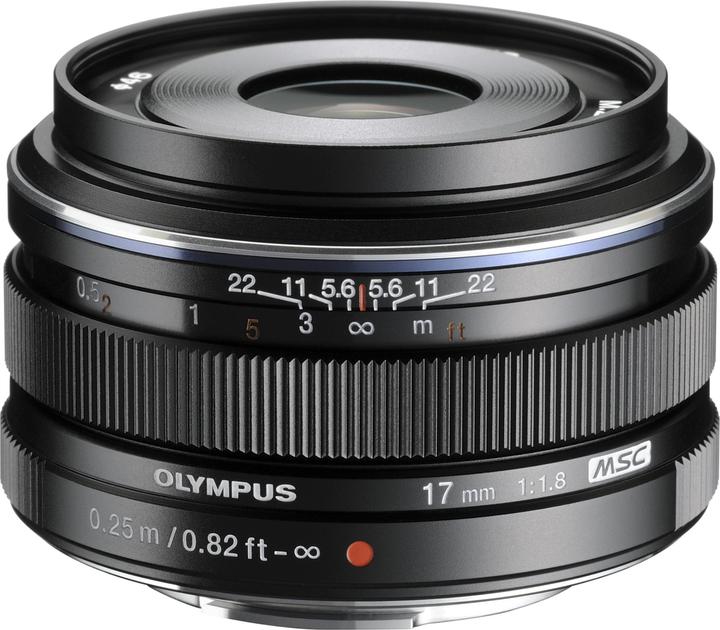

Overview: cheap fixed focal length lenses for mirrorless cameras
Small, fast fixed focal length lenses are a good addition to kit zooms. Nikon’s latest lens joins a growing range – but mirrorless systems still have some catching up to do in terms of numbers.
With the Z DX 24 mm F1.7, Nikon is introducing a small fixed focal length lens for APS-C cameras with a Z mount. Converted to full-frame, this corresponds to a focal length of 36 millimetres – a classic option for reportage. At 135 grammes, the new lens is light and, with an introductory price of 329 francs or 319 euros, it’s also affordable.

Inexpensive yet bright fixed focal length lenses are a good recommendation for beginners. A «Nifty Fifty» used to cost less than 200 francs. The 50 mm focal length lenses had cheap plastic cases and slow focus motors – but an aperture of 1.8 and excellent image quality for the price point. For small sensors, there were 35 mm lenses with similar properties.

Source: Nikon
Since the move from SLR cameras to mirrorless system cameras, lenses like this have become rarer. Many manufacturers focus on expensive luxury lenses. Entry-level fixed focal length lenses have often slipped into the mid-range in terms of price. Here are the current best options by system:
Nikon Z
Nikon’s modern Z-mount Nifty Fifty costs over double the price of the old AF-S version. It’s also a lot bigger. But it’s a class above.
If you want something smaller and cheaper, I recommend the 40. With the shorter focal length and a little less lens speed, you won’t get as much bokeh. But that makes for a very good the price-performance ratio.
The Nikkor Z 28 mm is similar. It’s a cheap, compact, wide-angle lens with good image quality. However, the aperture of 2.8 is only one stop better than at the far limit of a kit zoom.
Canon RF
Canon’s RF mount doesn’t support other brands’ lenses, but Canon has a good range of its own cheap normal focal length lenses. The RF 50 mm 1.8 STM is as affordable as a Nifty Fifty should be – and just as small and light. Don’t expect any miracles visually, but it’s definitely better than the old EF version.
Canon’s entry-level 35 mm is more expensive, but also correspondingly better. In contrast to the Nifty Fifty, it has a built-in image stabiliser. This adds value, especially on cameras without a stabilised sensor like the Canon R8.
With the RD 16 mm f/2.8 STM, Canon also offers a very short focal length for a low price. The aperture’s nothing special, but the small, lightweight lens is attractive for vloggers.
Sony E
Sony has long switched to the mirrorless system with an E mount, and the range of lenses is suitably large. However, the manufacturer’s stingy when it comes to cheap options. Many lenses are getting old, too, including the classic Nifty Fifty. While it’s still okay for the price, it’s very slow to focus and is in dire need of an update.
The FE 35 mm F1.8 is much better – but at almost 600 francs, it’s no longer really in the entry-level segment. After all, its optics and autofocus leave nothing to be desired.
Sony also sells its own 35 for APS-C cameras, which corresponds to 52 millimetres in full-frame. It’s small, light and newer than the full-frame 50s. Unfortunately, this is also reflected in the higher price.
Fujifilm X
The Fujinon XC 35 mm F2.0 is also light at 130 grammes, and it’s very cheap too. It roughly corresponds to the angle of view of a Nifty Fifty. However, the maximum aperture is a bit smaller than most other lenses in this class.
The 30 mm focal length from Sigma is an alternative. It’s a full f-stop faster and still affordable. Obviously, the pay-off is a little more weight.
If you’re looking for something shorter, you’ll have to pay more than twice as much for Fujifilm. In this price range, there’s the XF 23 mm F/2, which delivers a solid visual performance. The lens speed isn’t particularly high either. The ability to create background blur is roughly equivalent to a full-frame 35 mm lens with an aperture of 2.8.
A third-party lens is cheaper and faster. The Viltrox 23 mm 1.4 is available for the X mount as well as for APS-C cameras by Nikon and Sony. It’s great value for money, even if the autofocus isn’t the best.
Panasonic L
You’ll have no luck looking for really cheap and light Panasonic lenses for the L mount. The 50 is more in the mid-range in terms of price. To be fair, though, it’s also better made than the cheap versions by other manufacturers.
The Lumix S 35mm 1.8 has practically the same specifications, but it costs a little more. Similar to Sony in this class, its aperture, optical performance and focus speed are just right.
Micro Four Thirds
There’s a cheap 25 from Panasonic for Micro Four Thirds cameras. With a conversion factor of 2, it equates to a Nifty Fifty. The maximum aperture of 1.7 sounds good, but in terms of blurring, it only corresponds to an aperture of about 3.5 on a full-frame 50s.
The Lumix 20 mm F1.7 is a bit shorter. At 100 grammes, it’s extremely light compared to full-frame lenses. Again, the maximum aperture is nothing special.
It’s no clear why the Olympus ED 25 mm f/1.8 is so much more expensive than the Panasonic equivalent. It doesn’t fare significantly better in tests. The Olympus is just a bit more compact.
The Olympus 17 is also significantly more expensive than the Panasonic 20, but the autofocus is actually much better and the focal length is closer to the classic 35 millimetre full-frame equivalent.
If you need a little more lens speed, Sigma’s range includes a 16 mm for Micro Four Thirds. The price-performance ratio is good; the only disadvantage is the heavier weight of 405 grammes.
Header image: NikonMy fingerprint often changes so drastically that my MacBook doesn't recognise it anymore. The reason? If I'm not clinging to a monitor or camera, I'm probably clinging to a rockface by the tips of my fingers.

